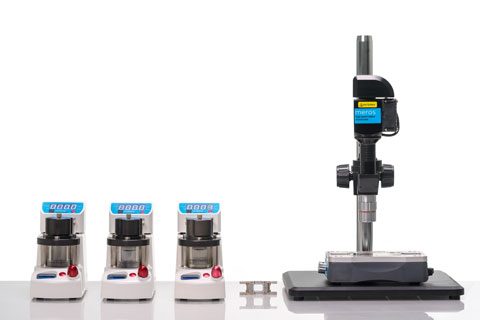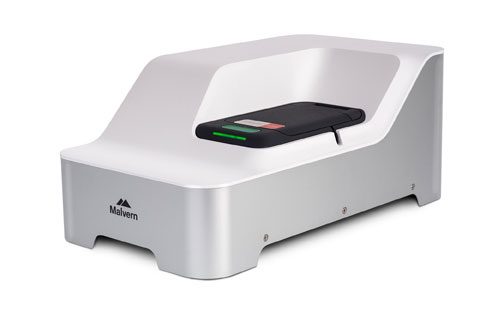This webinar explored the combined use of the Malvern Panalytical Zetasizer Ultra and the Dolomite Microfluidics Nanoparticle Generation System to generate drug-encapsulating nanoparticles with improved monodispersity and higher encapsulation efficiency, and with better reproducibility than a batch system.
The Dolomite Microfluidics system enables very precise control of the size and composition of the nanoparticles. Applying the Zetasizer Ultra to characterize the nanoparticles enables faster and less expensive development of the microfluidic methodologies, due to the instrument’s unique Multi-Angle DLS (MADLS) capabilities. MADLS provides the speed and size resolution needed to identify distinct populations, allowing quick iteration and consistent production of nanoparticles of a very high quality.

Dolomite’s modular nanoparticle synthesis systems apply high shear micromixing and hydrodynamic focusing microfluidic methods for polymer particle production ranging in sizes from 50nm to 500nm.
The microfluidic technology of continuous and controllable laminar flow allows the production of high-yield and high-quality polymer nanoparticles. Plus, the superior control over the size, shape and morphology of particles enables greater reproducibility and scalability (up to kilos per month). These substantial improvements in nanoparticle generation are highly valued in pharmaceutical industry whilst compared to conventional batch methods.

The new Zetasizer Ultra is most advanced system for the measurement of particle and molecular size, particle charge and particle concentration, and represents the most intelligent and flexible instrument in the Zetasizer range.
This flagship instrument enjoys all the benefits afforded by ZS Xplorer software, in terms of ease of use, analysis speed and data confidence, and also offers two unique measurement capabilities: Multi-Angle Dynamic Light Scattering (MADLS®) and Particle Concentration, to offer even greater insight into your samples.